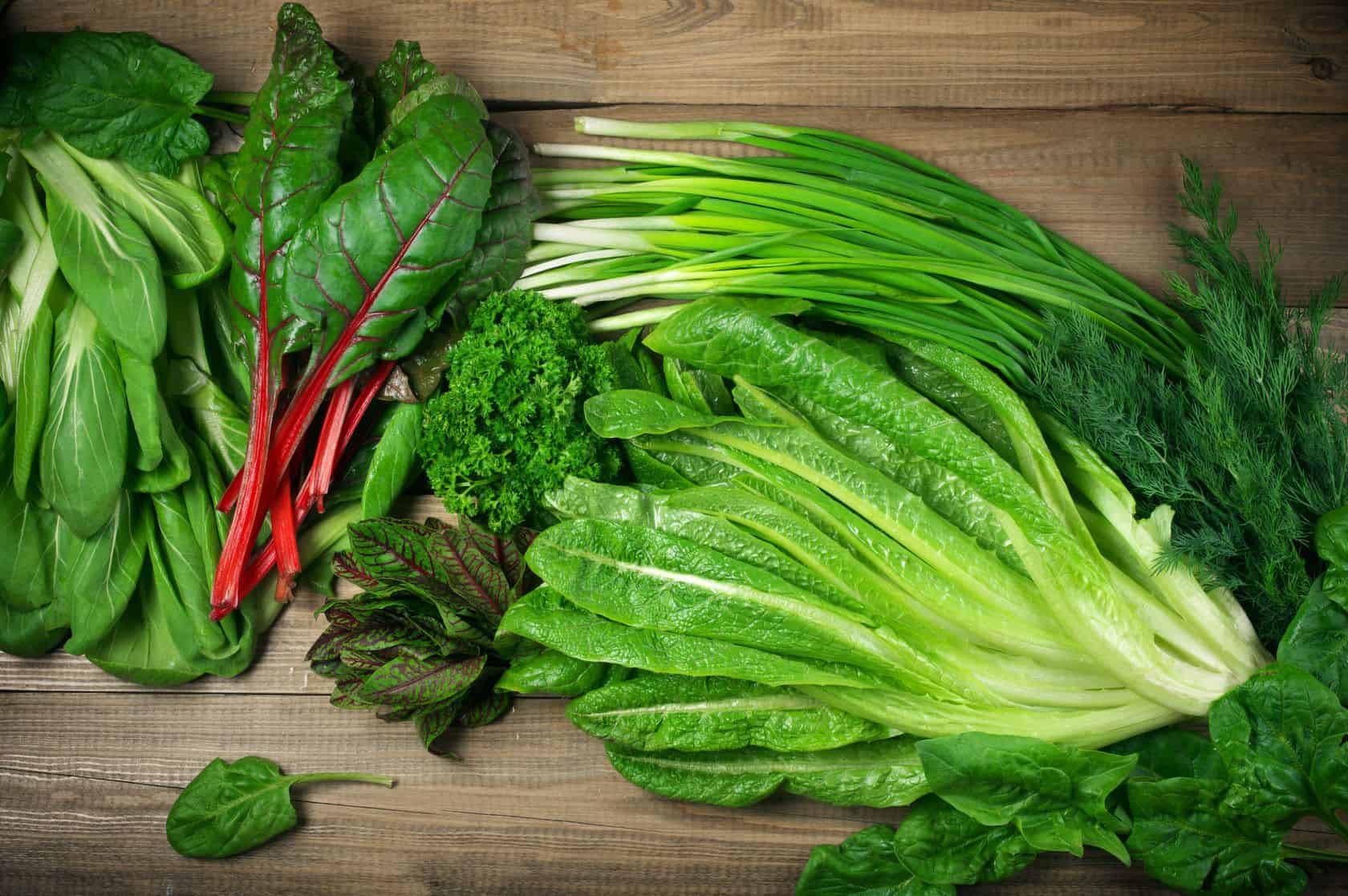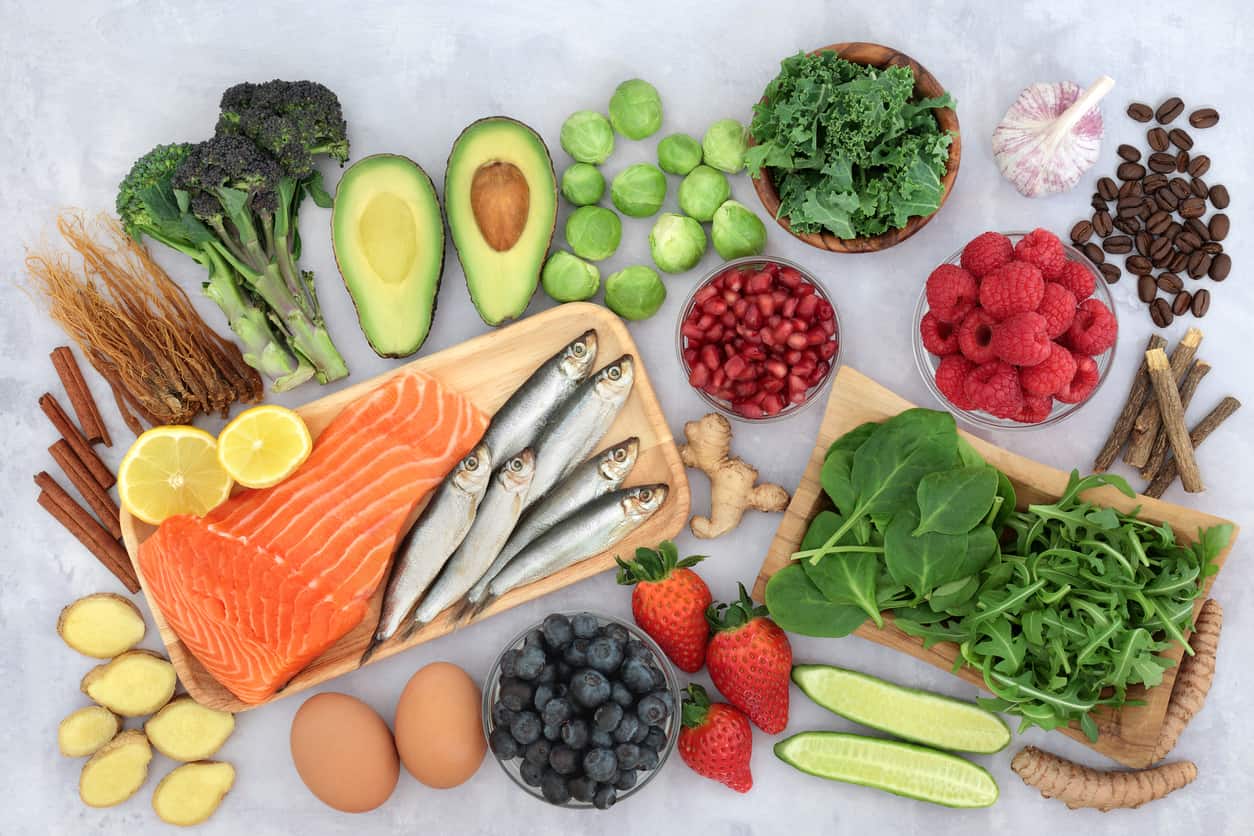While more Americans are seeking traditional homeopathic and natural treatment for arthritis, gout, and much other muscle and joint aches and pains, the simplest and most economical home remedies for pain maybe adding a few top foods to eat to the American diet. We listed a few of the best anti-inflammatory foods that are really good for our health
Anti-Inflammatory Foods For Health.
1. Fish

Fish, especially a cold-water fish like salmon, trout, or tuna, is loaded with anti-inflammatory omega-3 fatty acids. Many studies confirm adding fish (or fish oil) to one’s diet will lower inflammation.
Choose your fish carefully There is much debate over wild fish versus farm-raised. Wild fish are usually higher in nutrients and lower in fat than farm-raised, because of their diet and the exercise they get swimming. Farm-raised fish, on average, have about 20% less protein and 20% more fat than wild-caught. Wild fish eat a diet of small fish, shrimp, and red krill, which is where the abundance of omega-3 EFAs in their flesh originates. They are also free-range, and get abundant exercise, reducing their fat-content.
Farm-raised fish are fed fishmeal pellets, usually made of ground, processed and compressed mackerel, anchovies, sardines, and other small fish, which does not contain the high concentrations of omega-3s than wild food sources do. In order to mimic the deep red color that wild fish have, especially salmon, most farm-raised fish are fed a dye along with their meal. Because fish farms are small, over-crowded net enclosures or pens, the fish are fed antibiotics to combat diseases, parasites, and infections.
2. Extra Virgin Olive Oil
Olive oil is a superb source of oleic acid; an anti-inflammatory oil. Olive oil also improves insulin function thereby lowering blood sugar. Because of its low smoke point, olive oil is not good for deep-frying but is perfect for healthier cooking options, such as sauté and braising. Cook with olive oil instead of oils or shortening that are high in unhealthy trans-fats.
3. Nuts
Almonds, walnuts, cashews, and many other nuts are high in oleic acid, as well as omega-3 fatty acids, fiber, protein, and other healthy phytochemicals. Because some nuts are high in fat, be sure to eat them in moderation.
4. Grapes

Researchers report that grapes are high in flavonoids, which they believe have anti-inflammatory properties. According to Medical news today “Now, researchers at the Johns Hopkins University School of Medicine have shown that powdered grapes appear to reduce pain and inflammation in a rat model of arthritis, where rats’ knees are inflamed using a chemical injection.” Perhaps drinking wine, as the Europeans know, can lower inflammation as well.
5. Cherries
Cherries, especially tart cherries, are a rich source of antioxidants. Specifically, they contain large amounts of anthocyanins, one of the most powerful antioxidants, which give the cherries their rich, red color. A study conducted by the Agricultural Research Service (ARS) scientists and their university colleagues suggests that cherries may reduce painful arthritic inflammation, as well as reducing the risk of other inflammatory conditions such as cardiovascular disease and cancer.
6. Green Tea
Green tea, which is an unfermented tea, contains flavonoids called “catechins”. Catechins are powerful antioxidants that are destroyed during the processing and fermenting process that other teas go through. Green tea contains about 27% catechins, as opposed to oolong (partially fermented) which contains 23%, and black tea (fermented) which contains about 4%. Animal studies have shown that green tea significantly reduced the severity of arthritis. According to the National Center for Complementary and Alternative Medicine (NCCAM), green tea affects arthritis by causing changes in arthritis-related immune responses.
If you discover you have headaches after consuming teas, you may have an allergy, as many people discover. As always, listen to your body and observe what works.
7. Leafy Greens

Green leafy vegetables, such as spinach and kale, are packed with fiber, antioxidants, and Omega 3s. Look for organically grown produce, or be sure to wash thoroughly to remove the chemicals and pesticides that tend to accumulate on the leaves.
8. Broccoli
A compound, 3,3′-diindolylmethane (DIM), found in broccoli and its kissing cousins, cauliflower and Brussels sprouts, has been shown to fight inflammation and help boost the immune system. These super-veggies also contain sulforaphane, a phytonutrient that helps liver function and increases your body’s natural detoxification ability. Eat them raw (frozen varieties of vegetables lose a lot of nutritional value) or steam them to preserve the beneficial nutrients, which can be broken down by cooking methods such as boiling or frying.
9. Apples
Apples and red onions both contain quercetin, a chemical that research has shown to have anti-inflammatory properties, along with other antioxidants. The majority of the quercetin is in their skins, it’s what gives them their rich red coloring, so don’t peel apples before you eat them. Rinse all fresh fruits and vegetables well before eating to help eliminate pesticides and fertilizers.
10.Water
The more fresh, clean water you drink, the better. Your body is made up of more than 70% water, and continuous replenishment helps to keep toxins flushed from your system, including joints, muscles, and blood.

